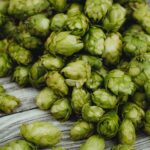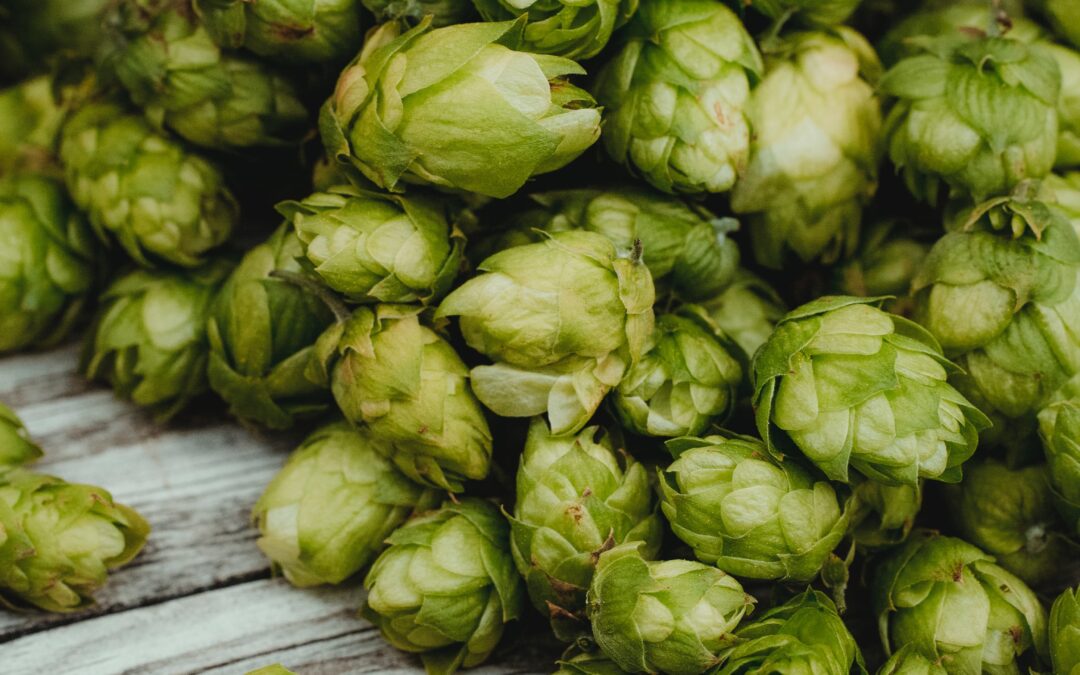
Markus Spiske on Unsplash” class=”wp-image-6114 size-thumbnail” /> Photo by Markus Spiske on Unsplash
Hops are a type of flower that is commonly used in the production of beer. These flowers, which are part of the Humulus genus, are known for their bitter flavor and aroma, which helps to balance out the sweetness of the malt in beer. In order to produce hops, farmers must first grow the plants, which can be a challenging but rewarding process.
Growing hops requires a significant amount of attention and care, as the plants are very sensitive to their environment. Hops prefer to grow in temperate climates with lots of sunlight and well-draining soil. Farmers must also provide the plants with a sturdy trellis or support system to climb on, as hops can grow to be over 20 feet tall.
Once the hops have been planted and have begun to grow, farmers must carefully monitor their progress. This includes checking the plants regularly for signs of pests or disease, and providing them with adequate water and nutrients. Hops are also susceptible to changes in temperature, so farmers must be prepared to protect the plants from extreme heat or cold.
Harvesting hops is a labor-intensive process, as the flowers must be picked by hand at just the right time. This is typically done in the late summer or early fall, when the hops have reached their peak maturity. The flowers are then dried and processed to extract the oils and resins that give beer its flavor and aroma.
In addition to their use in brewing, hops have also been used for their medicinal properties. The flowers contain a variety of compounds that have been shown to have anti-inflammatory and antioxidant effects, making them useful in the treatment of a wide range of conditions.
Overall, growing hops can be a challenging but rewarding process. Not only do these plants play a crucial role in the production of beer, but they also have a variety of other uses that make them an important crop for farmers.

